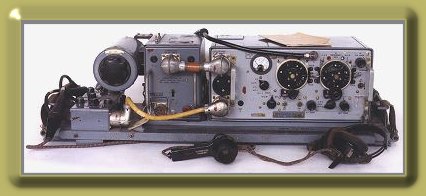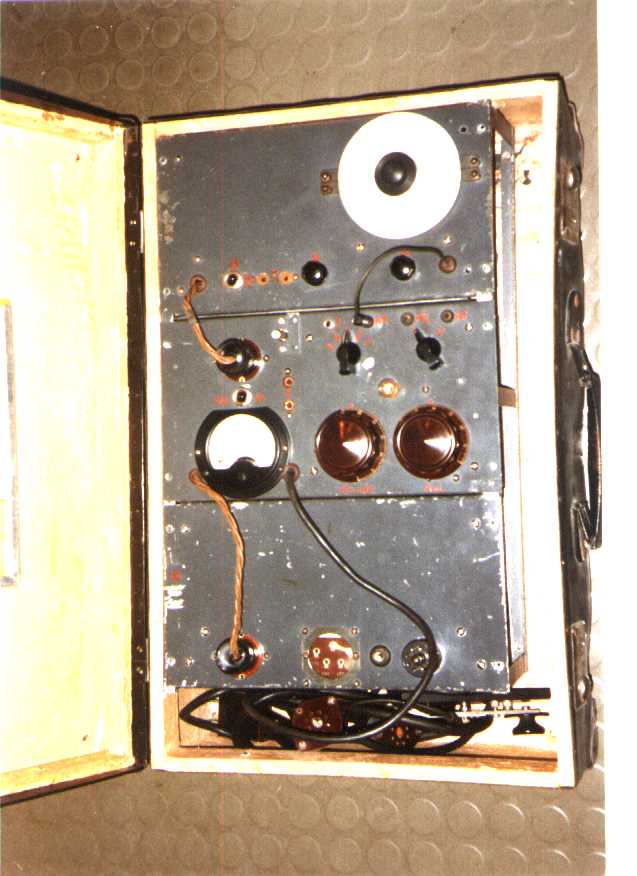 |
The Vintage
Military Radio
SiteRing This site owned by
|
With the "Paraset project"
we discovered that a lot of people love to built replica sets specially
if these sets are of the "suit case" type. Making a speedy survey seems
that Paraset and OLGA are the more popular for their semplicity but mainly
because a large documentation is available. For Paraset we used the ON5LJ
drawings while for the OLGA we have to thank Erling LA3BI that given to
me a lot of photos, infos. and a series of very detailed drawings with
the permission to put all on line.
In addition Erling is available
to support us in case of further details.
I hope that OLGA will
be of interest, if you want share with us
this adventure you are wellcome.
If you need more info e-mail
me without problem
 |
The Vintage
Military Radio
SiteRing This site owned by
|
What is the "OLGA" ?
THE STORY
After Norway was occupied by the Germans on April 1940, small resistance groups grew up in the country. At the beginning of 1941 these groups were brought into MILORG (Military Organization) to support the Allies in case of invasion. MILORG was under the command of the Norwegian Military in London and later joined to SOE. Radio communication was established between Great Britain and MILORG. In this way SOE could give orders about actions, while MILORG would be able to send reports around enemy activities. While the contacts with the Home Station were done using a British 3MKII for the communications within the Norwegian areas MILORG had to get they own radio set.
The man who supplied these sets was Salve Staubo founder of Hoevding Radiofabrikk. He served this organization from september 1941 and offered the leadership in MILORG to built radio sets using components his firm had in stock. The first model was completed and tested by March 1943.
OLGA could now be produced tryng to minimize any risks.

PA coils were wound by hand at Staubo's home
Power transformer, tuning capacitor and IF were made at Hoeving factory using camouflaged standard parts.
The transmitter and the power supply were assembled in Harry Kongshavn's cellar in Oslo
The receiver were assembled from Staubo and his cousin in his kitchen.
Final assembling was made in a Kongshavn's cellar while the final adjustement and test made by Arne Hannevold (LA5K) in the factory laboratory. For safety reason Arne did not want to do that in the cellar and he never went there.
The complete set were stored in a grave up to 1945 when the production and storage moved in a closed flower shop. Here the sets were modified for frequency doubling according the new signal plan from Great Britain.
In order to improve the production, planned for 100 sets, many parts were supplied from England.
In addition to the OLGA Salve Staubo assembled in his factory 200 battery receiver which was called LISBETH.
As far as the history tells, OLGA was the only Transmitter-Receiver which was mass-produced illegally during the WWII.
TECHNICAL DESCRIPTION
The set include 3 parts: Power supply (K), Transmitter
(S) and Receiver (M).
The transmitter is crystal controlled and has a frequency
range of 3.5 to 18 MHz.
In uses only a 6L6G which works as Oscillator-Output
valve with an output of 5-10 W.
The receiver is a superhet circuit with six valve functions.
The valves are two ECH21 and one 6C8G.
Frequency coverage 2 to 16 MHz in two bands. IF 465 kHz.
and BFO
The Power supply is running from a 6 V car battery with a vibrator or from the mains of 110, 150, 220 VAC. In this case the rectifying valve is a 6X5G.
The set described is the MKII type. The MKI uses on receiver section 6K8, 6K7 and 6C8 valves.

The son of Salve Staubo shows the receiver part of his original OLGA
(Courtesy of Magne Lein - Norway)